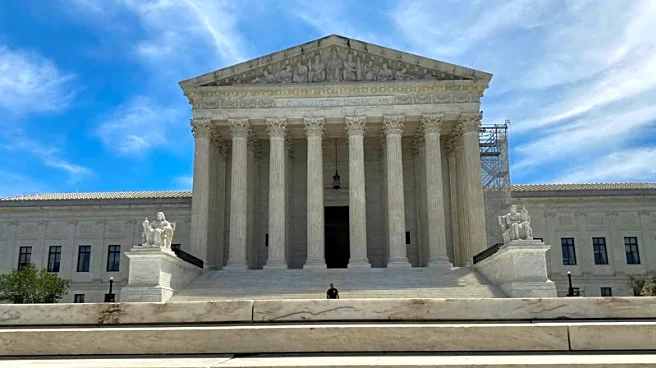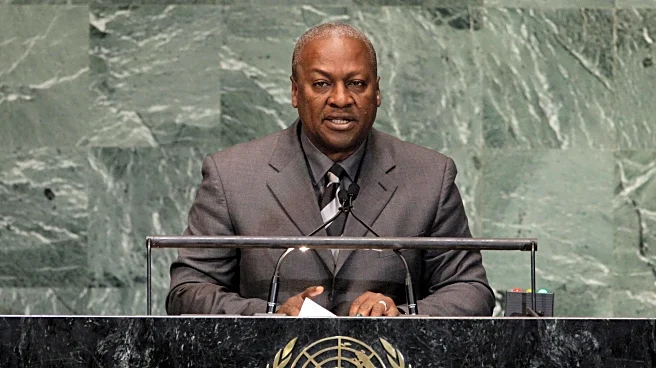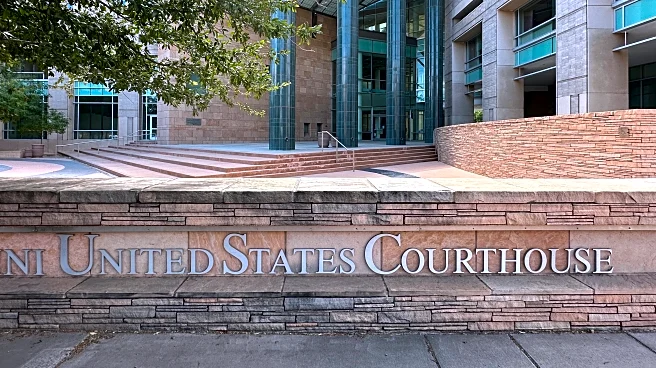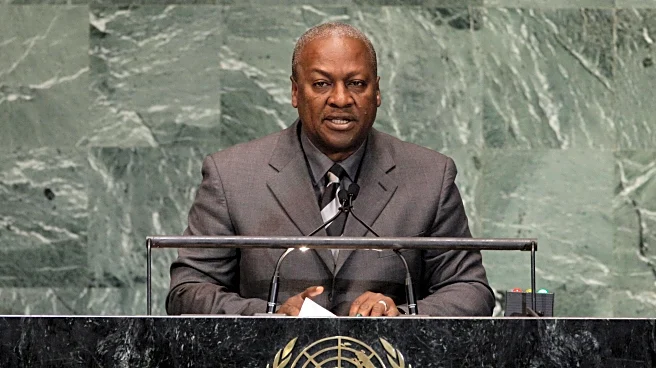What's Happening?
A federal court has ruled that the mass firing of nearly 25,000 federal employees ordered by the Trump administration was unlawful. U.S. District Judge William Alsup concluded that the Office of Personnel Management (OPM) illegally required these dismissals, rejecting the administration's claim that each agency acted independently. Despite the ruling, agencies are not mandated to re-hire the affected staff. The decision follows a Supreme Court ruling that previously overturned Alsup's preliminary injunction on the firings. The court found that OPM's directive exceeded its authority and improperly directed agencies on employee terminations. The judge criticized the administration's handling of the case, noting that the evidence presented was insufficient for judicial review.
Why It's Important?
The ruling highlights significant legal and administrative challenges within federal employment practices under the Trump administration. The decision impacts thousands of federal employees who were dismissed, affecting their careers and livelihoods. It also raises questions about the authority and oversight of the Office of Personnel Management in directing agency actions. The case underscores the tension between executive directives and legal boundaries, potentially influencing future employment policies and practices within federal agencies. The ruling may also affect public confidence in government employment stability and oversight.
What's Next?
Agencies are required to send corrective notices to the fired employees, clarifying that their terminations were not based on personal performance. The judge has ordered that these notices should not include any agency opinions on the court's ruling. The Trump administration is considering sending new letters to notify employees that they were fired for cause. Agencies must also update personnel records to reflect that the terminations were not performance-related and cease taking directives from OPM on dismissals. The case may lead to further legal challenges and scrutiny of federal employment practices.













